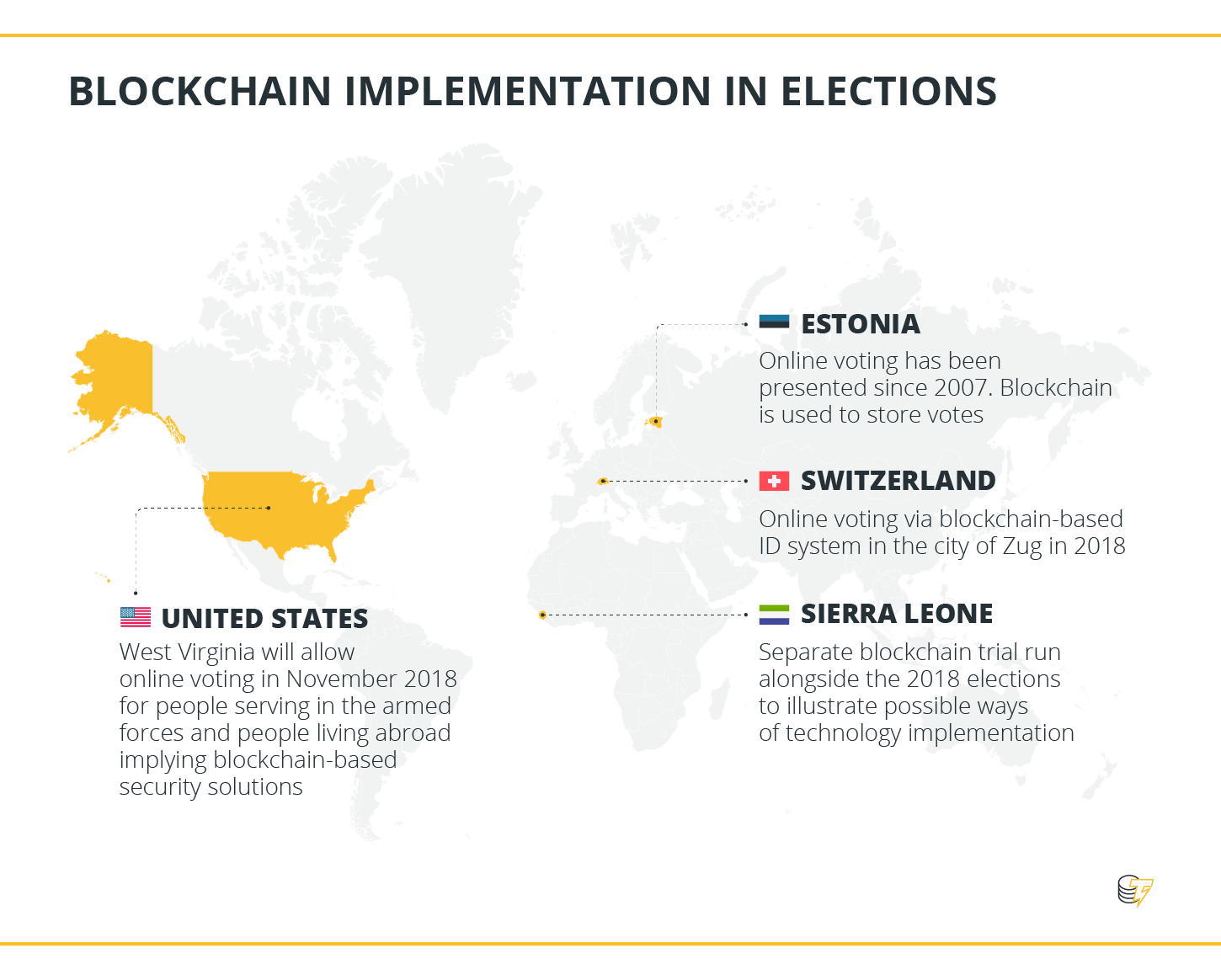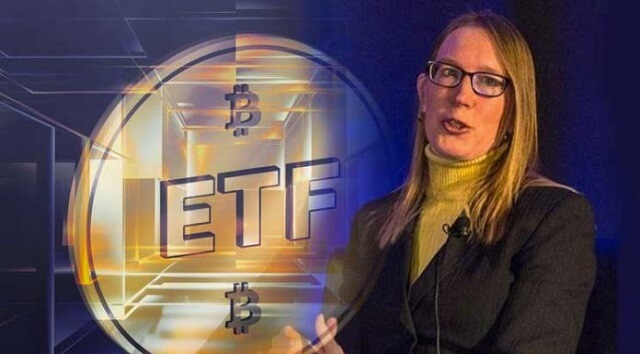A Venezuelan Coin under Dictatorship: Part One
In early 2018, the vice president of Venezuela excitedly announced that the nation would be first in selling its own cryptocurrency, known as the Petro. Gabriel Jimenez was its chief architect, scrambling to make it operational despite a delay on even the most basic of decisions. He was soon forbidden to leave his office overnight, along with his chief programmer, or to communicate with the outside world. At only 27 years old, his coming audience with Venezuela’s tyrant Nicolas Maduro would have been inconceivable only months before. In fact, he had vocally protested the regime, which had not only plunged the nation into economic ruin but had murdered and tortured many of its own citizens through its reign of terror. However, as opposed as Jimenez was to the Maduro regime, he was equally passionate about cryptocurrency and eager for the opportunity that came his way when approached by the administration to usher in its first digital coin. Jimenez envisioned this as a means of fighting hyperinflation while freeing Venezuelans from the iron fist of central banks and corrupt institutions.
2017 and 2018 saw much turbulence for cryptocurrency overall, as multi-billion dollar fortunes were made and lost through the skyrocketing and crashing of Bitcoin prices. For Jimenez, cryptocurrency was both a lifeline he could throw his nation at a time of economic ruin, and ultimately what drove him into exile. A child of eight when a similar strongman, Hugo Chavez came to power, Gabriel Jimenez grew up in a nation steeped in authoritarian rule. Jimenez’s education was comprised of college in Caracas and several years in the US, during which he interned for a congresswoman from Miami who vocally disavowed Venezuela’s politics; however, he returned home in 2015 when he saw an opening to reforms. Though the nation was on the brink of ruin, Jimenez founded a startup called The Social Us, which sought to fill American companies need for cheap tech labor with Venezuelan programmers.
As is the case for many wealthier individuals in nations with volatile, hyper inflated currencies, he kept his own money in dollars but was perpetually forced to exchange it at the daily rate for basic goods and services, compelling Jimenez’s interest in cryptocurrency. Though digital currency is widely known to be volatile, it was far more stable than Venezuelan bolivars, so Jimenez began to pay his employees in crypto currency, which was also free from fluctuations caused by the regime’s economic tantrums. Bitcoin could be bought on the street, as others recognized the promise of a decentralized currency. Though this decentralization was initially seen by the regime as a threat, it quickly realized cryptocureencies potential in sidestepping sanctions imposed by the likes of international organizations and the US. This was how the idea of a Venezuelan coin, tied to the oil reserves, came about. Bitcoin itself derives from a mathematic algorithm, not from concrete objects or measures of wealth, but the government was desperate for a hail Mary.
The post A Venezuelan Coin under Dictatorship: Part One appeared first on COINMARKET.



